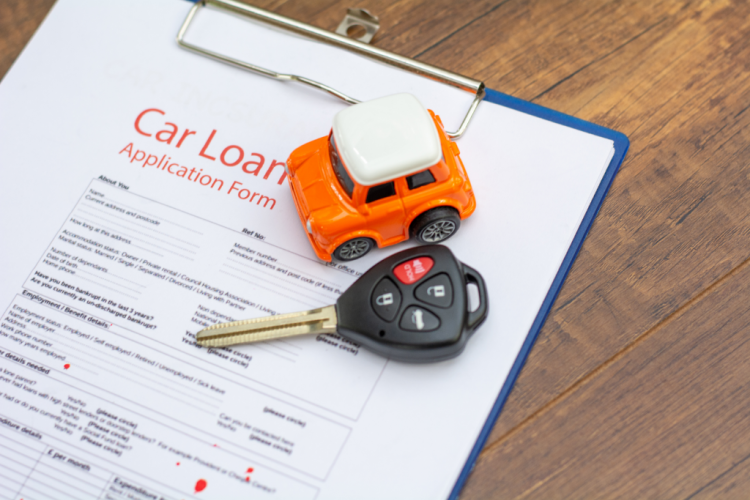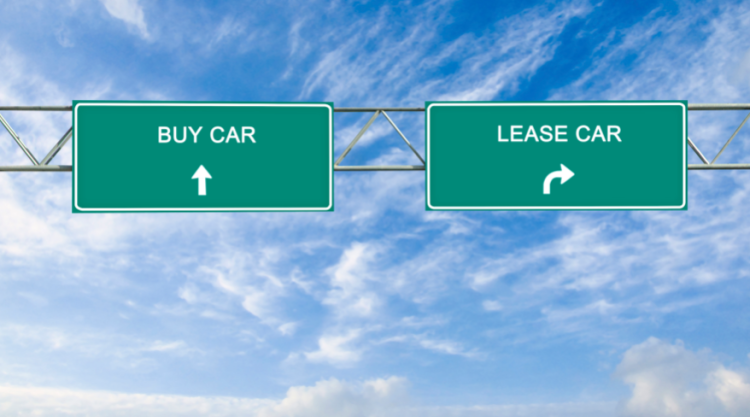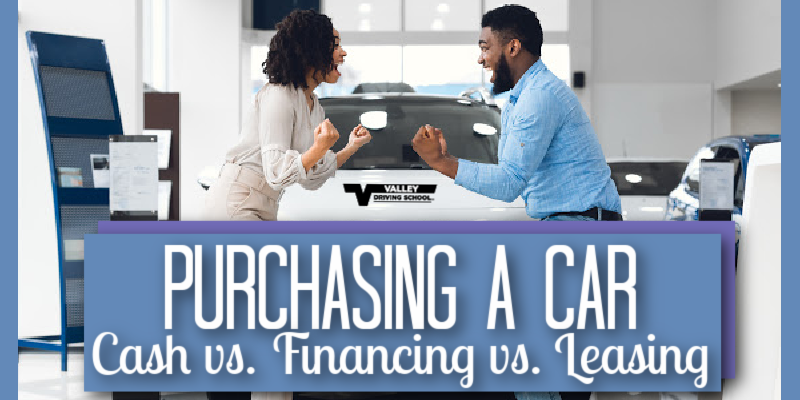There are many different options for purchasing a car these days. You could go with a used vehicle, something brand new off the lot, or take a look at a leasing term. There’s no right answer for every situation, but once you know the pros and cons of each scenario, it’s easier to make the right decision!
Paying Cash
 When you buy a car in cash, it’s yours. You’ll have no monthly car payments and will just need to pay for insurance and registration, and you’ll be free to spend your hard-earned money on other things. You can also rest easy knowing that you’re not paying 1-5% in interest alone, which adds significantly to the final cost of a new car. This is also important if you’re looking to make other big purchases, like a home. Having an expensive vehicle payment on your credit report can mean qualifying for less buying power.
When you buy a car in cash, it’s yours. You’ll have no monthly car payments and will just need to pay for insurance and registration, and you’ll be free to spend your hard-earned money on other things. You can also rest easy knowing that you’re not paying 1-5% in interest alone, which adds significantly to the final cost of a new car. This is also important if you’re looking to make other big purchases, like a home. Having an expensive vehicle payment on your credit report can mean qualifying for less buying power.
Chances are, you probably bought a used vehicle if you paid in cash. Your new-to-you ride likely won’t have any warranty remaining, which means you could be on the hook for expensive repairs. A $2000 car seems like a good deal until it won’t start on a cold winter morning and needs a new transmission.
Financing
Do you want reliability, comfort, a car that’s covered by warranty, and that new car smell? You can finance your new ride. You’ll pay the cash price of the vehicle plus an interest rate (that you can negotiate, if you have good credit) over a set term, monthly or bi-weekly. This also means that major repairs in the first 100,000 kilometres or so are often covered by the manufacturer, your new or gently used vehicle is less likely to have major issues, and you get to drive a pretty sweet ride for an affordable monthly rate.
Generally, a good rule of thumb to follow is: if you can’t afford it over five years, you can’t afford it. Some dealerships will offer attractive monthly rates over seven or eight years, but signing up for a commitment that long on a depreciating asset (something that loses value over time) can get messy. You can end up in a “negative equity” situation, which means you owe more on the car than what it’s worth on the market.
On top of that, a vehicle that you finance over a longer period of time is likely out of warranty towards the end of your financing agreement, and issues can begin to crop up that you have to pay out of pocket for, but you still don’t own the vehicle outright! Often, to get out of that situation, you have to carry over that negative equity into another vehicle. For example, if you still owe $10,000 on your current car and your new car is $30,000, you’re actually going to finance $40,000 plus interest. Yikes!
Leasing
If a negative equity situation doesn’t sound too appealing, you may want to consider leasing. In this case, you “rent” the vehicle from the dealer for a set amount of time, at a set rate. At the end of the term, as long as you’ve adhered to the conditions (regular maintenance, kilometre limits, etc.) you can hand the vehicle back, no questions asked. You also have the option to buy out and finance the remainder of the cost of the vehicle, which will usually put you in a positive equity situation if the vehicle has been well maintained. Sounds like a win-win!

Some people are opposed to leasing because they like the feeling of “ownership”, but it’s not always wise to own something that will depreciate as fast or faster than you make payments on it. By the end of your financing term, you’ll have paid tens of thousands of dollars for a vehicle but may not have much in the way of asset value. Don’t be afraid to lease!
Leasing does have its drawbacks, like anything. One issue is the kilometre limit – most dealerships will make you commit to a yearly kilometre allowance (15,000, 20,000, etc.). Not everyone knows how many kilometres they will drive in a year, and things like job location changes, moves, or lengthy road trips can be costly down the road. If you have exceeded the kilometre limit during your lease, you usually have to pay a rate per excess kilometre when you return the vehicle.
--
There are different options for getting behind the wheel of a new ride, whether it's a cash transaction that gets a “new to you” vehicle, financing to get a brand new car, or leasing so you can give it back when you’re finished! The most important part of making a decision for purchasing a car is doing your research and knowing which option is best for you. We hope this helps you make a decision – buying a car is an exciting time!

